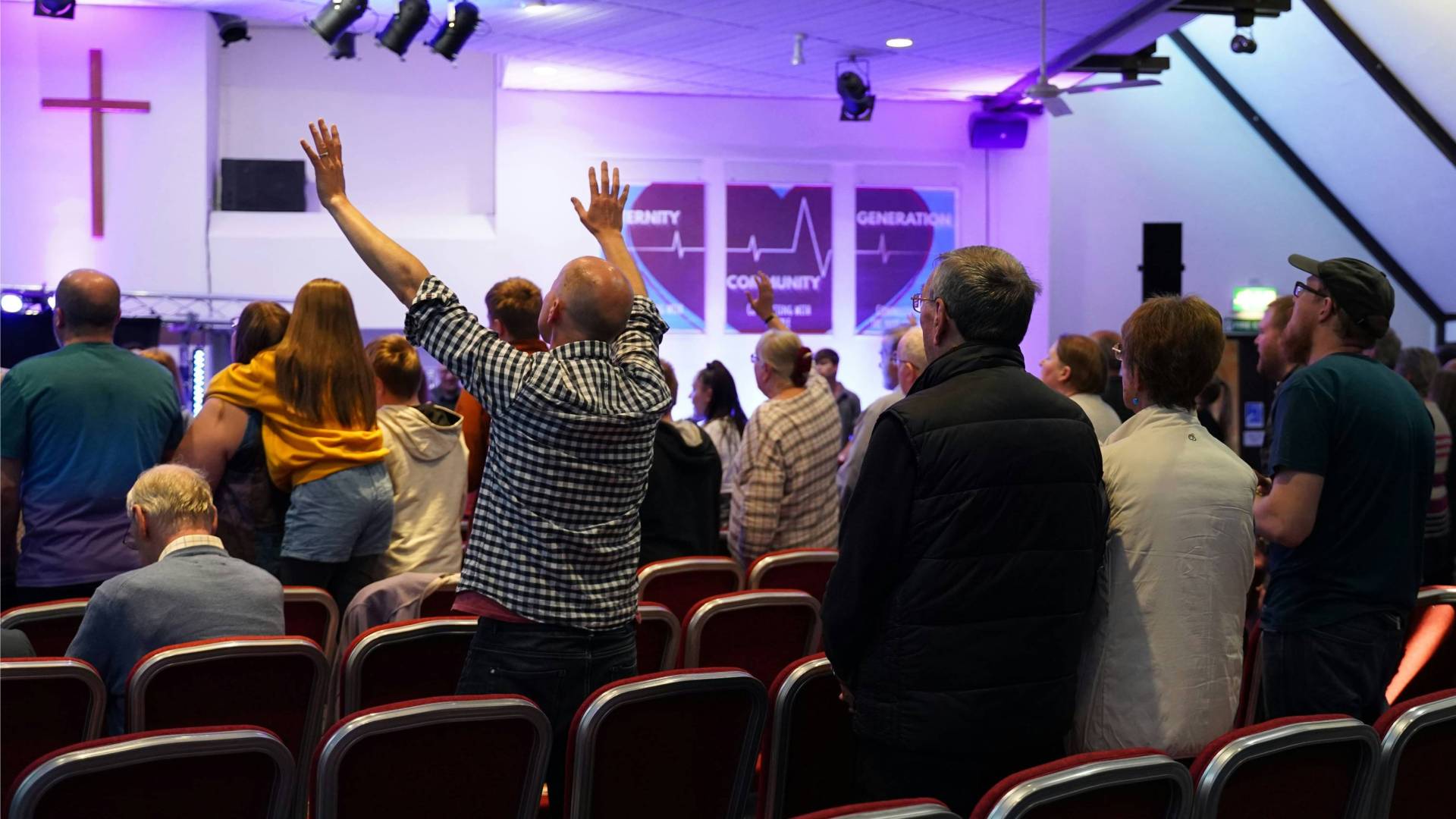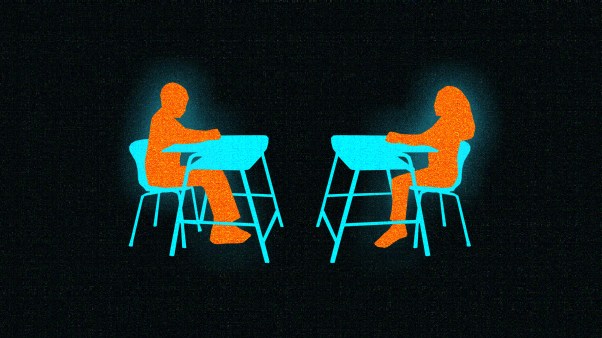The Southern Baptist Convention (SBC) continued its 18-year membership skid last year, while churches in the country’s largest denomination saw bigger crowds at Sunday services and small groups as well as more believers proclaim their faith through baptism.
Once again, SBC’s Annual Church Profile, released on Wednesday, brings mixed news. As people continue to leave the church and leaders clear their rolls of lapsed members, fewer Americans belonged to Southern Baptist congregations in 2024 than any time over the past half century.
Yet, denominational leaders are celebrating a solid year for their namesake measure: baptisms. SBC churches baptized over a quarter-million people last year, up 10 percent from the year before.
“I’m incredibly encouraged that baptisms across the SBC are at their highest point since before 2019,” said Vance Pitman, founding pastor of Hope Church in Las Vegas and president of the SBC’s Send Network, who cited a corresponding increase in North American church planting. “While membership numbers certainly matter, we’re seeing a meaningful shift as more churches engage their communities with the gospel.”
According to the report, it’s the first time since the late 1980s and early 1990s that the convention saw baptisms grow four years straight.
“Not only have baptisms climbed out of pandemic levels, but the 2024 numbers also topped the last pre-pandemic year—2019,” wrote Lifeway Research, which compiles the figures based on reports from around 70 percent of SBC churches. “Southern Baptist churches also added 173,156 other new members, which is similar to pre-pandemic numbers.”
Baptisms grew the most in states outside the South, spiking in Wyoming, Arizona, New York, and Indiana, in some places growing by over 50 percent between 2023 and 2024. The highest baptism totals came out of Southern Baptist strongholds: Georgia, Florida, and Texas each reported at least 25,000 baptisms at churches across the state, according to the report.
SBC churches averaged 4.3 million in weekly attendance and 2.5 million in small group Bible studies, both up around 6 percent last year—among the highest annual increases since the 1990s. The report said that much of the growth comes as churches participation rebounds after drops during the pandemic.
But the total membership numbers still are still ticking down, as they have every year since 2006.
Overall, the SBC fell to 12.7 million members in 2024, its lowest since 1974. The denomination has lost more members in the 4 years since the start of the pandemic—1.8 million—than the 13 years before that, down from its peak of 16.3 million.
“The largest portion of membership declines come from churches acknowledging that certain members are gone for good and removing their names. Other drops come from churches that close or leave the Convention,” said Scott McConnell, executive director of Lifeway Research. “Newcomers to the entrances of churches definitely help, but membership will continue to decline as long as the exits remain active.”
More Americans are leaving churches and opting not to affiliate with a religious tradition—causing declines across Protestant denominations and networks. Last year, religious nones reached 28 percent of the population, outnumbering evangelicals.
The latest national figures show that Christianity’s decline in the US has slowed and may level off, with many evangelists, apologists, and pastors—including in the SBC—hopefully claiming an opportunity for revival.
“As Southern Baptists stay focused on the gospel and are faithful to share it, I know we will see God work and these numbers will continue to rise,” said Kevin Ezell, president of the SBC’s North American Mission Board.
The report comes several weeks ahead of the SBC’s annual meeting, slated for June in Dallas, where Southern Baptists will grapple with the cost of its abuse investigation and consider restating its position on women in ministry.
The SBC includes 46,876 congregations, down 30 from 2023. The loss includes churches that closed or no longer affiliate with the convention. In 2024, the SBC deemed four churches not “in friendly cooperation” due to women in leadership, lapsed giving, and mishandling sexual abuse.













